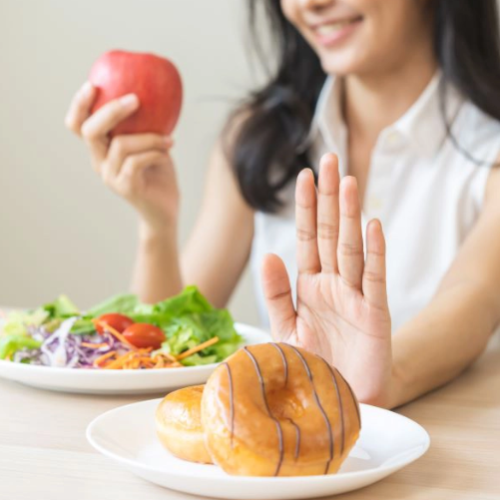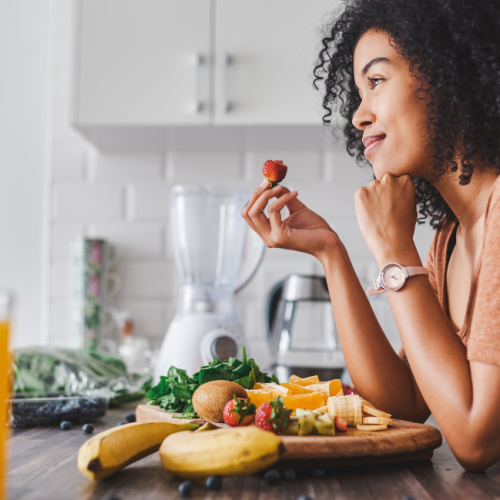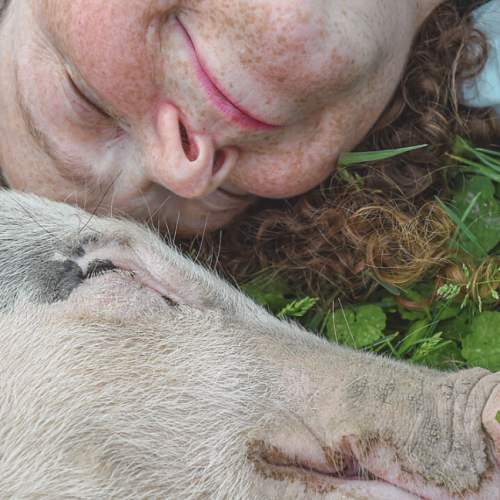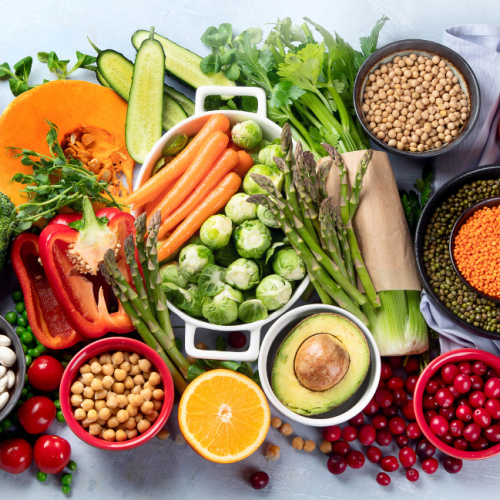Boosting your energy levels, with Iron!
Did you know that the World Health Organisation estimates that 25% of the world’s population has anaemia, and 30-50% of these cases are caused by an iron deficiency?!
While it can vary from person-to-person, certain people are at greater risk of experiencing iron deficiency. These include women who experience heavy periods, pregnant women, toddlers, adolescents, and people with certain medical conditions such as coeliac disease. Here in Australia, as many as two in five women aged 14-50 aren’t getting enough iron.

What's the deal with iron?
Iron is one of the most abundant minerals on earth. It is found in plants, animals, soil, air, water and rocks. When it comes to our bodies, iron is an essential element that aids in energy production.
However, if you are not getting enough dietary iron, or are unable to absorb enough you can become iron deficient.
Some symptoms of iron deficiency include fatigue, exhaustion, breathlessness, dizziness or weakness. Other symptoms can be hair loss, heart palpitations and brittle fingernails.
If you are iron deficient or have iron deficiency anemia, an iron supplement can make a difference. Vegetarians and vegans can be at a higher risk of deficiency due to the absence of meat (which provides a more easily-absorbed source or iron called ‘haem’), however there are also many meat eaters deficient in iron - so don’t let this put you off a no meat lifestyle. There are so many benefits to be had from cutting out meat.
What can I do to boost my iron levels?
Top tips from Kate Save, Clinical Dietician and CEO and Founder of Be Fit Food
- Consume lots of ‘non-haem’ iron-rich foods such as leafy greens, dried fruit, beans, legumes, nuts, wholemeal breads and iron-fortified cereals.
- Boost absorption of non-haem iron by up to 3 times, by combining these plant-based foods with foods containing vitamin C in the same meal! Some examples are adding some citrus fruits or berries into your salad, adding some spinach or kale into a delicious breakfast smoothie, or enjoying leafy greens and capsicum together in a stir fry.
- Cooking vegetables also helps to increase the absorption of non-haem iron. The body absorbs around 6% of iron from raw broccoli, but 30% when it is cooked!
- Avoiding drinking teas or coffee with your meals, as this reduces iron absorption.
- If you’ve got a sweet tooth, then have some dark chocolate - along with being good for the soul, it’s a good source of iron!

What to do when diet alone isn't enough
For some people, increasing iron via food intake may not be enough to boost iron to a healthy level. And a doctor may recommend an iron supplement.
When choosing a supplement, consider:
- The strength of elemental iron specified on the packaging, as some iron supplements sold in pharmacies are not indicated for the prevention and treatment of iron deficiency.
- Also look for one that contains Vitamin C as this will help to increase iron absorption.
At the end of the day, whilst supplements may be necessary for some people, they should never replace a well-balanced diet. Be sure to check out some of the delicious recipes in our blog, including this delicious iron-rich bolognese recipe.











2 Comments
Will couple some of the eating suggestions/ remedies bto my eating lifestyle. Gracias ?